Foster's Pond Corporation Annual Meeting May 13, 2020
| |
|
Slide 1 of 46 





|
-
Welcome to the Annual Meeting of the Foster's Pond Corporation.
I'm Steve Cotton, President of the FPC.
Thank you for participating. It's so important to come together as a community - maybe more so since our lives have changed.
For some of us, it's just our daily routines that have changed. For others, it's our incomes. Some of us may have experienced fear, and some - tragedy.
Foster's Pond has served as a refuge for generations of residents and visitors. Through the contributions of many people - donating land, money, and their time - it does so today.
The Pond has over many decades been the center of a genuine community, a magnet that draws people together, and somehow draws out the best in people. So in that spirit, let us begin.
Agenda
| |
|
Slide 2 of 46 





|
-
Let me take a moment to thank Memorial Hall Library and particularly Stefani Traina, who is in charge of Community Services and Programming for the Library, for co-sponsoring this event.
We have quite a few attendees tonight who are new to the Foster's Pond area, and with that in mind I'm going to delve a bit into some Pond history. I ask those who are more familiar with this history to bear with me.
Then we have a few organizational obligations to fulfill, but this will be a very short business meeting so that we can get right to our program tonight.
After Lee's presentation, I'll bring you up to date on what we hope to get done this year on the Pond. And we'll also have our usual open forum for new business, particularly recent wildlife sightings around the Pond.
Foster's Pond Map
| |
|
Slide 3 of 46 





|
-
So here's our beloved flying duck. If you don't get the image immediately, the dam is at the tip of the beak, Rock Island as its eye, Dug Pond one of the shoulders, the Mill Reservoir and part of the Main Pond as the wings, and - well, you get it.
The Pond was named for Andrew Foster, the 22nd man to settle in Andover. He lived near its shore, but as you will see, the shoreline was very different in his day. The pond acquired its name during his lifetime.
Andrew died in 1685 at the age of 106, leaving the house to "my deare and loving wife Ann Foster.
Alas, Ann did not live happily ever after.
| |
|
Slide 4 of 46 





|
-
Seven years after Andrew's death, Andover was just one village over from Salem Village. And in 1692, Salem Village was the vortex of some infamous judicial proceedings.
| |
|
Slide 5 of 46 





|
-
As this wooden block cut from a book of Cotton Mather's essays shows, it was well-known that witches were everywhere, doing the work of the devil.
In Andover, Joseph Ballard was sure his sick wife was bewitched. John Lovejoy knew that his hogs were, too. Timothy Swan was ailing mysteriously. And Andrew Allen's children had died.
| |
|
Slide 6 of 46 





|
-
The solution? Bring in the young maids from Salem Village, with their special powers.
They arrived in Andover and confirmed the diagnosis: witchcraft. Suspected evildoers were lined up outside the Meeting House. The young women pointed to the witches: Ann Foster. Ann's daughter. Ann's granddaughter. And of course, Martha Carrier, an outspoken and unrepentant lady who was fingered as the Queen of Hell.
41 women from Andover were accused of witchcraft. That's more than from Salem.
| |
|
Slide 7 of 46 





|
-
Poor Ann, aged and infirm, was dragged off to the Salem jail and kept there for 21 weeks. Four times in the heat of mid-July, she was carried to the courtroom and badgered by bewigged magistrates. This is an artist's conception of Martha Carrier's inquisition. Martha was convicted and put to death by hanging.
Ann finally confessed to committing all those crimes, Yes, she used poppets fashioned from knotted rags, which she pinched, stuck with pins, or burned. Yes, she was responsible for the sick wife, the diseased hogs, the dead children, whatever. And, she confessed, she had flown to Salem Village on a broomstick with Martha Carrier to a coven of 300 witches.
Ann died in her tiny cell. Her son, Abraham, paid the jailer 2 pounds/10 shillings to cart her body home to Andover for burial.
Since, as a confessed witch, she couldn't be buried in a church cemetery, she was probably buried by the shore of Foster's Pond.
| |
|
Slide 8 of 46 





|
-
This map is more art than survey, but it gives a sense of the local geography, and a good depiction of Foster's Pond at the time.
The A. Foster in the picture is Abraham Foster's house - the son of Andrew and Ann. Note the Carrier house near Pole Hill. It is believed by some historians that Martha, too, was buried near Foster's Pond.
If so, their resting places are now under the waters of the Pond, which was enlarged 165 years later.
| |
|
Slide 9 of 46 





|
-
So let's see how the Pond grew. This official survey, commissioned by the Massachusetts legislature, shows Fosters Pond in its natural state, long before the dam was built. The blue arrow has been digitally inserted to highlight the Pond.
| |
|
Slide 10 of 46 





|
-
Here it is in another survey, two decades before the dam was built.
| |
|
Slide 11 of 46 





|
-
We think the dam was built in about 1857. Fifteen years later, the Pond is larger, but a far cry from its present shape (depicted on our logo in the lower right of these slides). It's enlargement was a very slow process.
| |
|
Slide 12 of 46 





|
-
Thirty years after the dam was built, the flying duck still hasn't taken shape.
| |
|
Slide 13 of 46 





|
-
Finally, after 50 years, the Pond was pretty much as we see it today.
Postcards like this were all the rage in the early 1900s. This one is looking towards Rock Island, the eye of the flying duck. And there seems to be a house on the island, one of the many summer camps starting to populate the Pond.
| |
|
Slide 14 of 46 





|
-
The Fosters Pond Dam has gone through a number of configurations. But this is likely what was constructed in 1857. Water pours over a wooden spillway. Gates under the spillway could be opened to increase the flow to downstream mills in Ballardvale.
The wooden spillway was removed in 1916 and the area under it filled with concrete.
| |
|
Slide 15 of 46 





|
-
This is the earliest government inspection of the dam, in 1913, found it to be in very bad condition, with the timber spillway all going to pieces.
The entry in the lower right-hand corner, updated in 1916, notes that the rotting timbers had been replaced by concrete. What I really love in this report is how the inspector wrote down the owners name (Homer Foster) The inspector spelling it the way he must have heard it pronounced: Homma Foster.
| |
|
Slide 16 of 46 





|
-
Throughout the early 1900s, the community of summer residents continued to expand, and the number of uninsulated summer camps, without electricity, grew. They relied on outhouses for sanitation, and the only access was unpaved roads crudely carved through the woods.
These photos are undated.
In 1927, the community held a clambake. 74 people attended.
| |
|
Slide 17 of 46 





|
-
Clapboards and milled lumber appeared in the late 20s. Some of the camps were elaborate. The Davis camps, on what became known as the Main Pond, included a house on a small island reached by a foot bridge.
The land is now part of the Fosters Pond Reservation, and the bridge has been restored.
The camp itself has long since disappeared.
| |
|
Slide 18 of 46 





|
-
Crockett's store, on the shore of the Pond a stones throw from the dam, was the kind of place parents told their kids to stay away from.
Alcohol was sold under the counter, even though deeds for many of the camps around the Pond prohibited the use or storage of intoxicating liquors.
Despite (or maybe because of) parental warnings, kids frequented the store to buy candy.
| |
|
Slide 19 of 46 





|
-
The Fosters Pond Corporation was founded on October 30, 1939.
Of the 16 signers of the Articles of Organization, only 2 lived on the Pond; the others owned camps but lived elsewhere.
The new corporation gave its office address as Rock Island, Fosters Pond. That's where the first president, Andrew Robinson, owned a camp. He lived in Malden.
In 2003, a neighborhood clean-up effort removed the house, which was by then derelict.
| |
|
Slide 20 of 46 





|
-
In 2005, the community reshaped the FPC for the 21st Century, re- organizing it as a tax-exempt non- profit open to everyone who values the Pond as one of Andover's greatest environmental resources.
The Articles of Organization were rewritten to embrace these broader aims of the organization.
| |
|
Slide 21 of 46 





|
-
The dam enlarged the Pond from 50 acres to about 120.
Much of the increased water area is only a foot or two deep. The deepest point in the Main Pond is about 13 feet; the average depth of the Pond is under 7 feet.
Nutrient- rich sediments throughout the expanded Pond nourish weeds and algae which aggravate the lake management challenges we face today.
The Fosters Pond Corporation is the only organization whose mission it is to respond to these challenges.
| |
|
Slide 22 of 46 





|
-
Because of the incredible generosity of people who have lived on the Pond, 250 acres of conservation land are protected from development and open to the public. The orange areas are owned by the Foster's Pond Corporation. The green areas are conservation land owned by the Town of Andover. And the blue areas are AVIS reservations - Wilkinson to the west, and Goldsmith (which is actually owned by the Boston Foundation and administered by AVIS) to the east.
That white dot to the west of the Pond, surrounded by open space, is the water tank that overlooks the Wilmington Town Forest, another 154-acres of protected land.
| |
|
Slide 23 of 46 





|
-
There are plenty of vantage points from which to experience Foster's Pond - while maintaining a social distance.
Fundraising Committee Report
| |
|
Slide 24 of 46 





|
-
The FPC is all-volunteer. There are no salaries, and just a minuscule overhead, so almost everything you contribute goes to preserving the Pond and that grand dam of ours. Thanks to each and every one of you who contributed last year - and if you're not on this list, be sure to get on the 2020 list, which I'll be posting soon.
| |
|
Slide 25 of 46 





|
Approval of Minutes
| |
|
Slide 26 of 46 





|
-
We posted minutes of our last annual meeting and our summer picnic meeting on-line so that they would not have to be read.
I would like to thank our Secretary, Janet Kenney.
I will ask you to vote on approving the Minutes. So make sure you've opened the Participant box, go down to the non-verbal participation icons at the bottom of the box, and please click on the green YES icon if you are in favor of approving the minutes for both meetings. If you are against approving the minutes, please click on the red NO icon.
The ayes have it, and the Minutes are approved.
Treasurer's Report
| |
|
Slide 27 of 46 





|
-
The Treasurer's Report for Fiscal Year 2019 was also posted on-line, and, as promised, our Treasurer is not going to read it. But I will ask David give an update on this year's contributions.
[David gave an update.]
So once again, I will take a vote. If you are in favor of accepting the treasurer's report for 2019, please click your green YES icon. If you are opposed, please click NO.
The ayes have it, and the Treasurer's Report is approved.
Election of Directors
| |
|
Slide 28 of 46 





|
-
Under the by-laws, there are five directors in addition to the four officers. The directors are elected for staggered terms of two years.
The directors whose terms are not expiring are
David Adilman
Steve Ellis
Dorothy Tyler
Nominated for re-election for two-year terms ending December 31, 2021 are
Amy Janovsky
Martha Russell
I'm going to ask for a vote to re-elect Amy and Martha.
Please click on the YES icon if you are in favor of their reelection.
Please click on the NO icon of you oppose their re-election.
The ayes have it. Amy and Martha are re-elected.
And I want to express my thanks to all of the directors for their service to the FPC.
Election of Officers
| |
|
Slide 29 of 46 





|
-
Under the by-laws, officers are elected for a term of one year.
The following officers have been nominated for re-election :
President: Steve Cotton
Vice-President: Marty Rabinowitz
Treasurer: Dave Brown
Secretary: Janet Kenney
Again, I want to thank my fellow officers for the work they do, without which the FPC could not function.
I am going to ask for a vote to re-elect these officers.
Please click YES if you approve.
Please click NO if you do not approve.
The ayes have it, and the officers are re-elected.
And that concludes the formal business meeting.
| |
|
Slide 30 of 46 





|
-
Our featured speaker this evening is Lee Wooten, an award-winning civil engineer and expert on dams who has been the Corporation's consulting engineer since 2006.
Lee specializes in the areas of soil mechanics / geotechnical engineering, foundation engineering, underground engineering, geohydrology, and dam/levee engineering. He has managed and performed a broad range of engineering tasks associated with dams and levees for projects that have received national awards for innovation and design. He has also served on or led engineering teams that collected levee and coastal information following hurricanes Katrina, Gustav, Sandy, Harvey, and Florence.
[Click here to view Lee Wooten's slideshow.]
| |
|
Slide 31 of 46 





|
-
Normally I would report on the dam. But after Lee's presentation, there's nothing to add.
| |
|
Slide 32 of 46 





|
Algae
| |
|
Slide 33 of 46 





|
-
Like a lot of other ponds in Massachusetts, we've had a problem with blue-green algae in recent years. This is a bloom I photographed from my dock in the Main Pond.
Blue-green algae is nasty stuff - it's particularly bad for kids and pets - and we've had to treat the Pond with copper sulfate in four of the last 5 years. We'll probably have to treat it again this year.
Copper sulfate works and it's relatively cheap. It kills the algae it comes in contact with. But it doesn't prevent algae, and each treatment only lasts for a short time. Copper sulfate sinks to the bottom, where it has no more effect on the algae and just accumulates. The less often we have to use it, the better.
| |
|
Slide 34 of 46 





|
-
The alternative to chemical control is prevention. The key to preventing algae is to starve them of at least one vital nutrient, and the limiting nutrient that is usually the most practicable to control is phosphorous. Which is why you're always hearing about the need to use detergents and other products with low or zero phosphates, or zero-phosphate fertilizers if you have a lawn.
Here are some figures for Foster's Pond, from the Watershed-Based Plan we commissioned in 2017. As you can see, most of the phosphorous that flows into the Pond comes from stormwater runoff. That's the blue piece of the pie on this chart.
Now a major portion of the phosphorous in stormwater run-off can't be controlled. It comes from the decomposition of organic matter in woodlands surrounding the Pond, and we're not going to pave them.
But a significant amount of the phosphorous in stormwater run-off can be reduced.
| |
|
Slide 35 of 46 





|
-
This is the Pond's 1.5 square mile watershed, outlined in red. It extends as far north as Orchard Street (north of Faith Lutheran Church), as far east as Route 125, down southwest to Fiorenza Drive and Ashwood Avenue off Andover Street in Wilmington.
Within the red lines, all streams, gullies, catchbasins, and run-off from storms lead to Foster's Pond.
If we could reduce the overall annual phosphorous loading into Foster's Pond by just 10% - 25 pounds out of the 255 pound total - our algae problems could be very close to eliminated.
| |
|
Slide 36 of 46 





|
-
That is not an easy task. But here are some of the things each of us can do. This one-page list is on our web site. It's taken from our Watershed-Based Plan. Please print it out and pin it up as a reminder.
| |
|
Slide 37 of 46 





|
-
Before we started managing the Pond, fanwort covered more than half the open water. It's a terrible invasive that outcompetes native plants. It provides poor habitat for fish and animals. It becomes so dense that it can suffocate fish.
We've got it under pretty good control. But it's almost impossible to eradicate completely, and now we try to deal with smaller infestations as they re-emerge.
| |
|
Slide 38 of 46 





|
-
The map shows the areas where we treated fanwort last year.
| |
|
Slide 39 of 46 





|
-
We also began to experiment with physical removal of fanwort. We had mixed results, but will try it again this year.
| |
|
Slide 40 of 46 





|
-
We'll be using divers again at all the locations shown with the green dots.
We plan to use chemical treatment in just about 1.5 acres at the mouth of the Mill Reservoir. The treatment schedule has been up in the air, because the Conservation Commission must approve our treatment plan each year, and the Commission hasn't met since early March. But I was just informed this morning that the Commission plans to meet before the end of this month, and that is welcome news.
| |
|
Slide 41 of 46 





|
-
We are prepared to treat again this year if there are high algae counts, and we hope to have volunteers back out to monitor the Pond, supplementing the work of our consultant. As to whether we'll need to treat, that's anyone's guess. It all depends on heat and precipitation.
And if another invasive, spiny naiad pops up, we'll treat a couple of isolated stands of that, too.
Water Use Restrictions: Weed and Algae Treatments
| |
|
Slide 42 of 46 





|
-
All of the treatments we undertake are performed by our lake management consultant, under a permit approved by the State and in accordance with an Order of Conditions approved by the Andover Conservation Commission.
None of the herbicides that we've used carry any restrictions on recreational use of the Pond - swimming, boating or fishing, but we close the Pond on the day of treatment to minimize the possibility that anyone gets too close to the craft that's applying the chemical, or that anyone gets run over if our consultant is using an airboat.
All of these herbicides are approved for use in public drinking water supplies, and even though no one is drinking directly out of the Pond, that's reassuring to keep in mind.
The only longer-lasting restrictions apply to using Pond water for irrigation. Only a handful of shoreline property owners are ever affected, and we let them know if areas close to them are going to be treated.
This year's fanwort treatment will be far from any residence. Diquat treatments, if they are needed, might impact a few homes, at most.
| |
|
Slide 43 of 46 





|
-
Finally, I just wanted to mention hydro-raking, which is another component of managing the Pond.
We hydro-rake in the spring when the water is up, letting the rake navigate to most shorelines. Also, it's still too cold to swim, so raking doesn't interfere with recreational uses.
The rake removes organic matter which contains nutrients, and nutrient reduction contributes to the health of the Pond. But the primary benefit goes to the shoreline owner, so the Corporation does not pay for the work.
This year's hydro-raking was originally scheduled for mid-April, but will be delayed until the Conservation Commission meets and approves the list of 2020 participants.
| |
|
Slide 44 of 46 





|
-
We have plenty of opportunities for volunteers to lend a hand.
| |
|
Slide 45 of 46 





|
-
If you are in a position to volunteer with water quality observations, please make sure we have your name and e-mail address. A successful algae treatment depends on timing - seeing if the Pond is getting murkier and dispatching water samples to the lab for examination before a bloom gets out of hand. We rely on a combination of our consultant and local volunteers to canoe or kayak to specific locations, every week or so, as the weather warms. So let me know if you can help.
We need volunteers to locate fanwort, drop barriers, and monitor them. You don't need any tools. The frames are not heavy. But it's an awkward business, and you need to plan on getting wet. Still, it's pretty much once and done, until they need to be hauled up. And you can just do one or two.
I've talked a bit about the Watershed-Based Plan. I hope you'll take the time to read through the summary I've put up on the web site. At the end, there's a list and explanation of a variety of projects that cry out for volunteer leadership. If there's something that appeals to you and you'd like to participate, please call or e-mail me, or Amy Janovsky or David Adilman to discuss your idea. The FPC is only as active and effective as the volunteers who step up.
If you'd like to contribute time to administrative chores, communications, or anything else we do or your think we should be doing, drop me an e-mail.
And, of course, the Dam can always use a little tidying up. Some additional hands would be welcome.
| |
|
Slide 46 of 46 





|


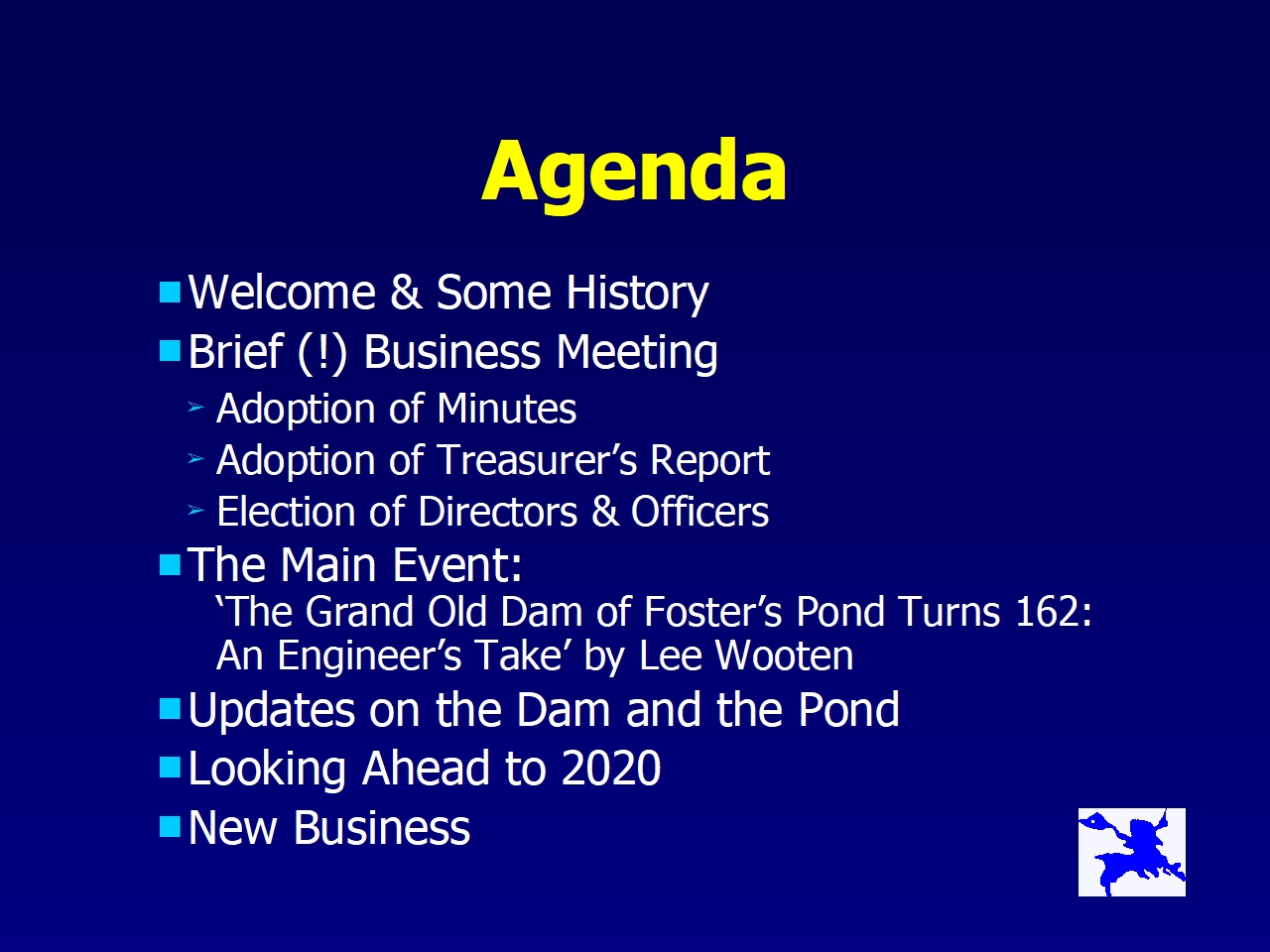
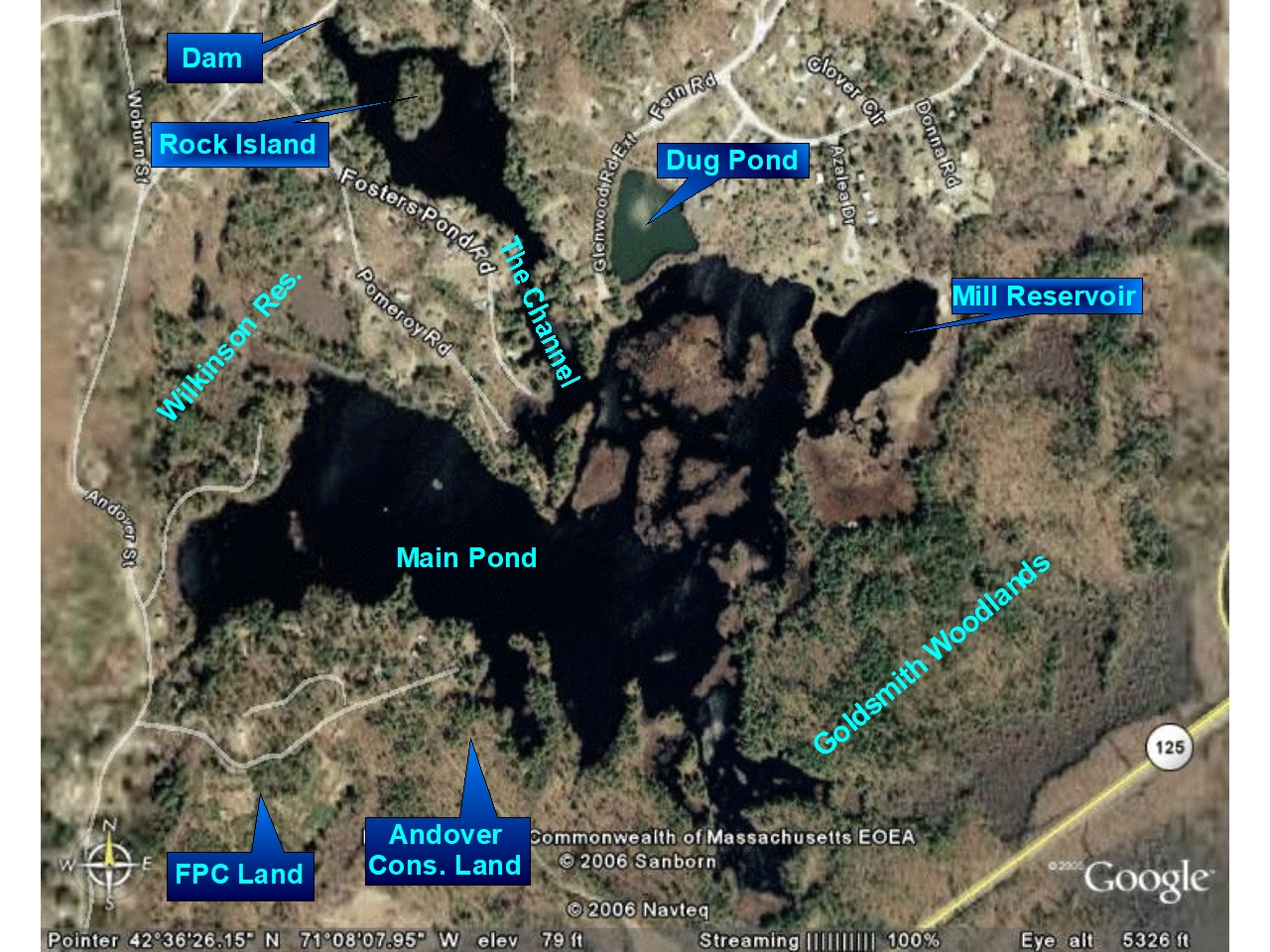


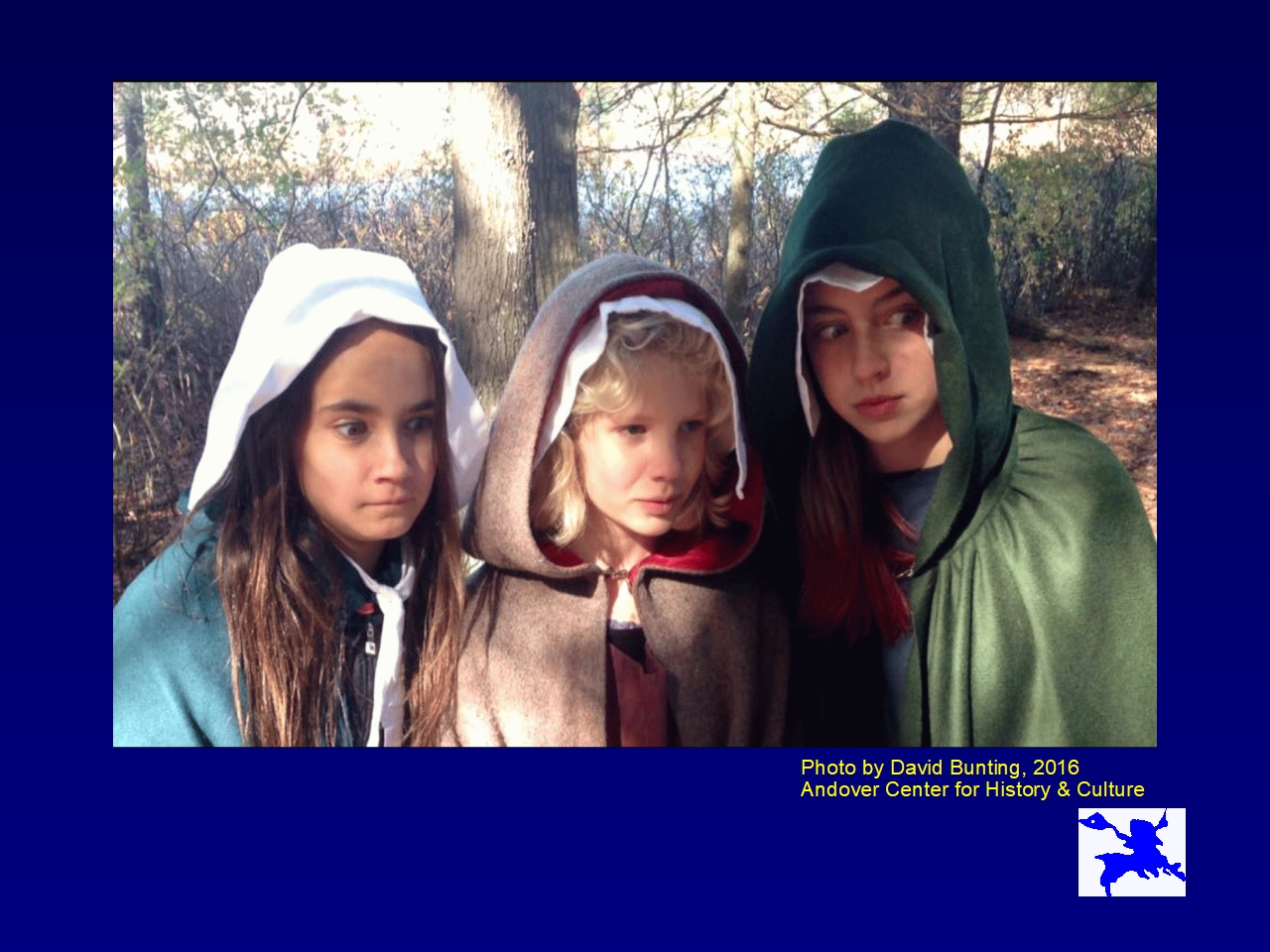


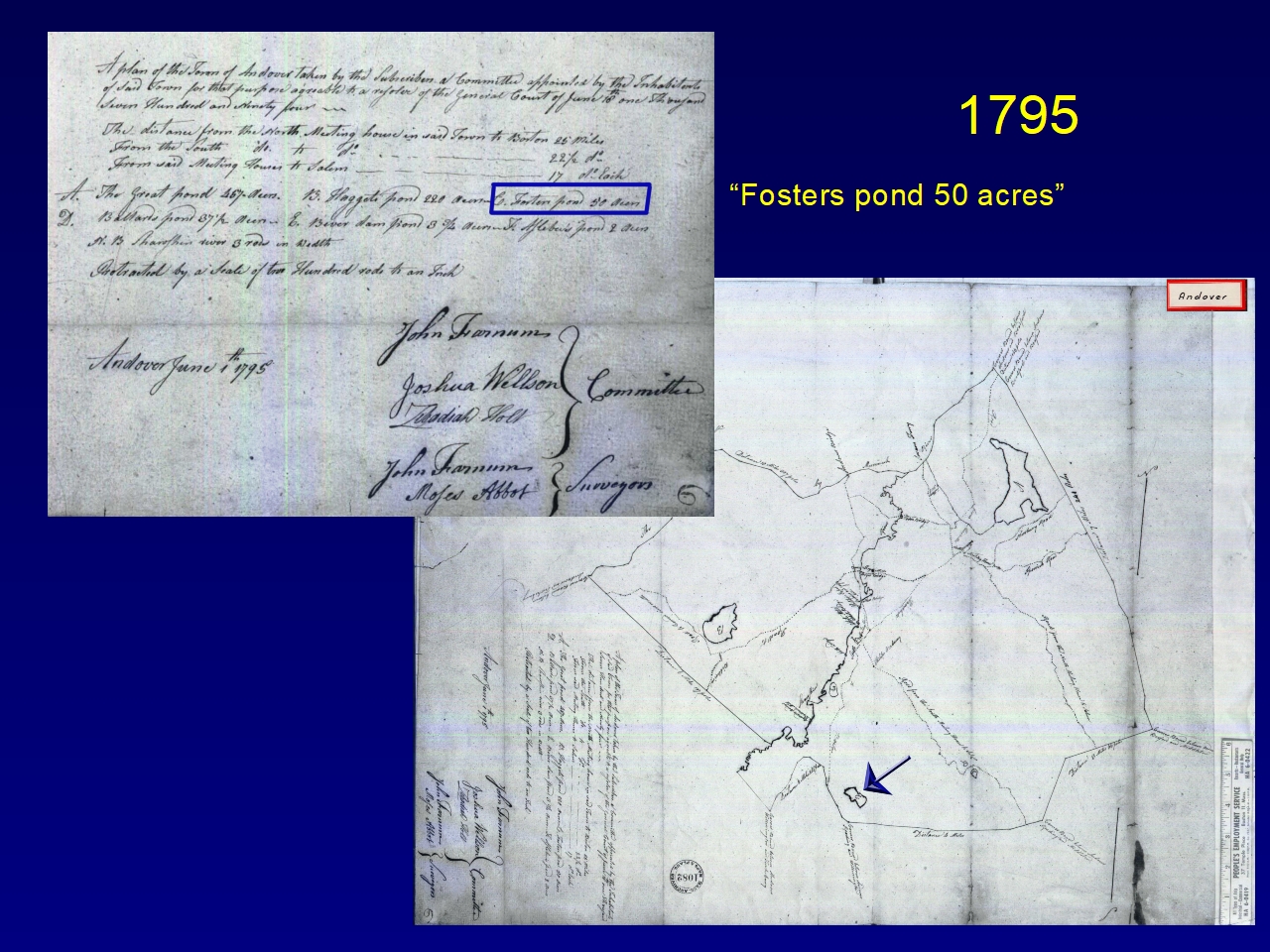

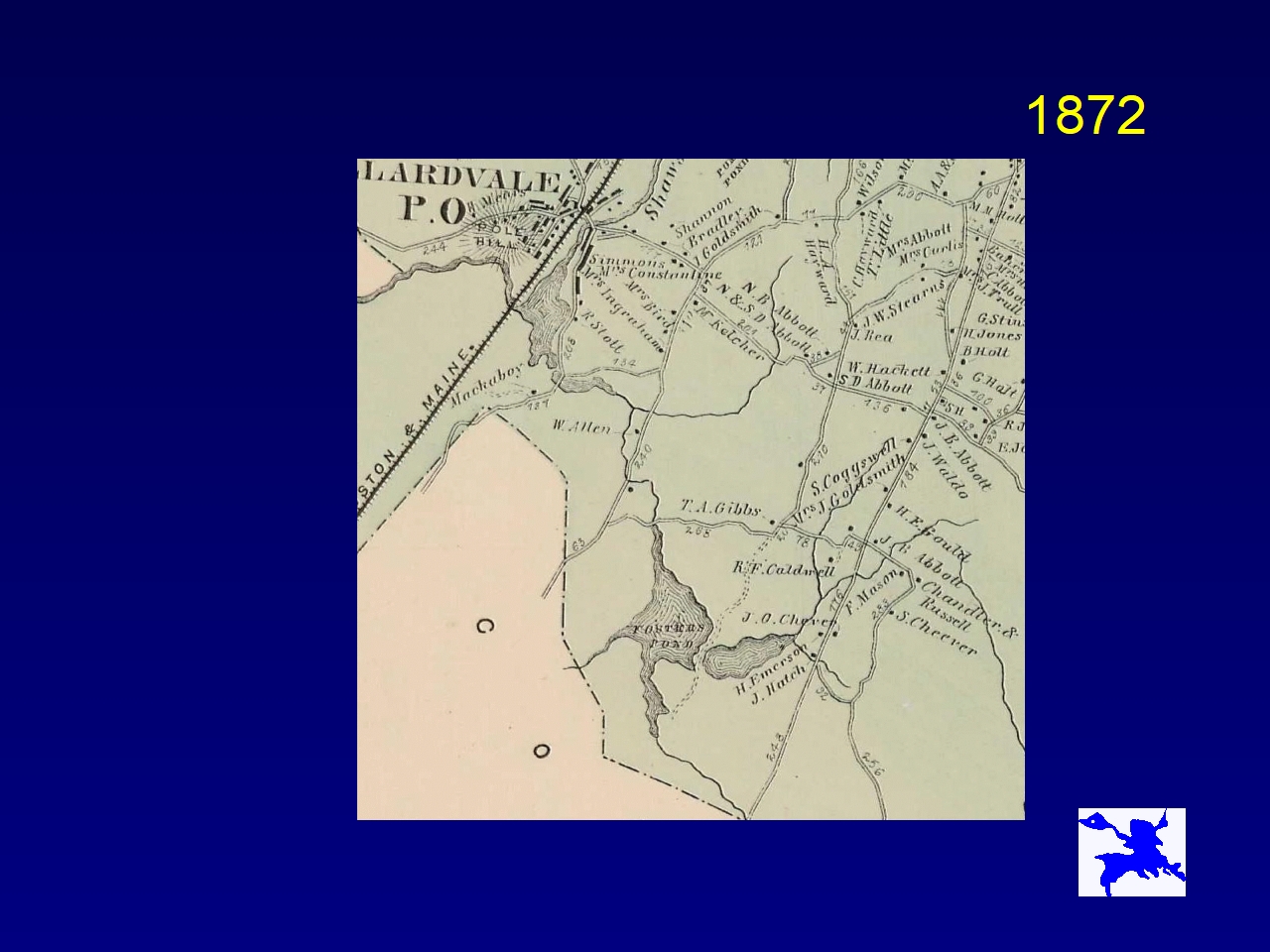
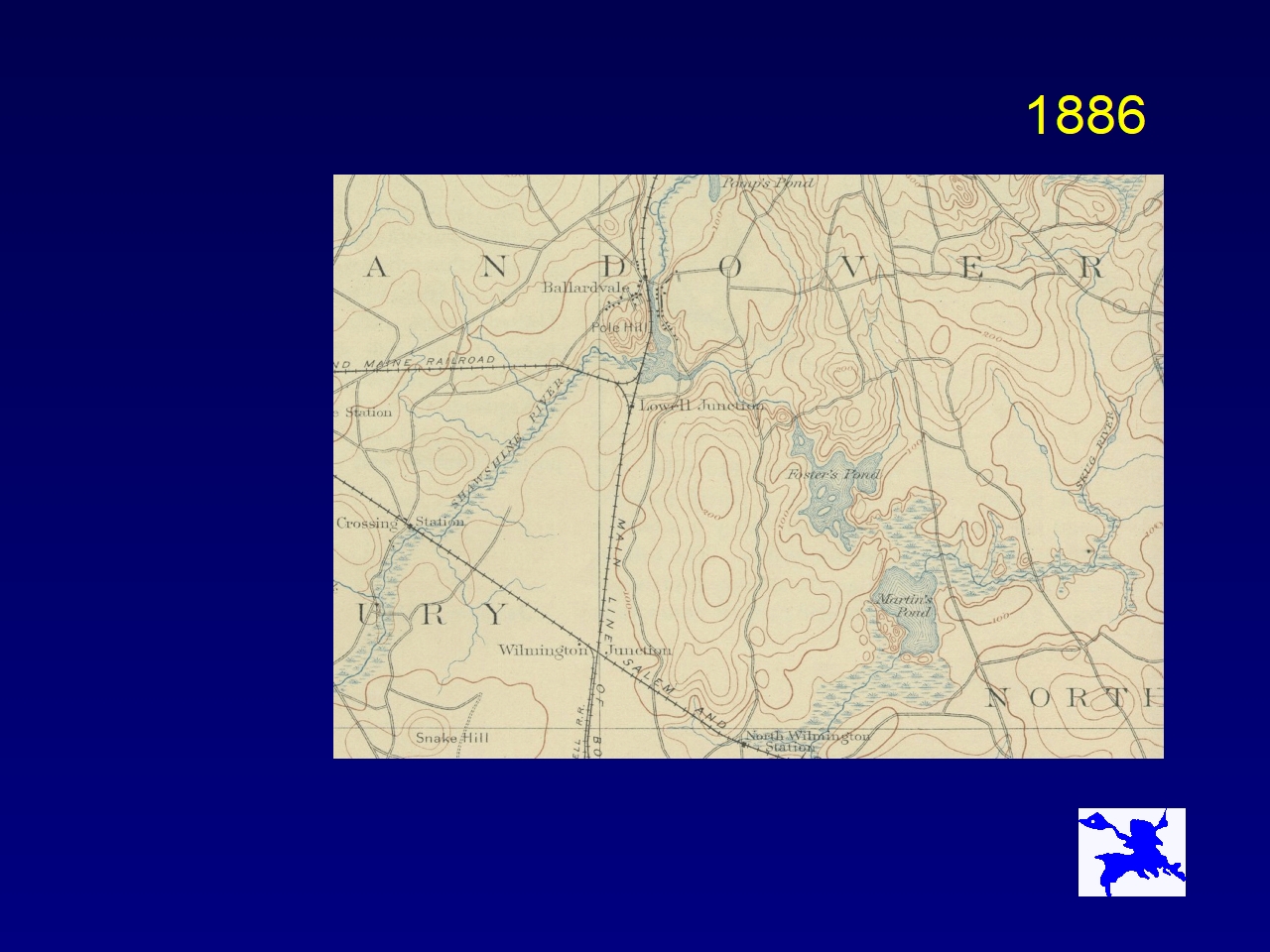

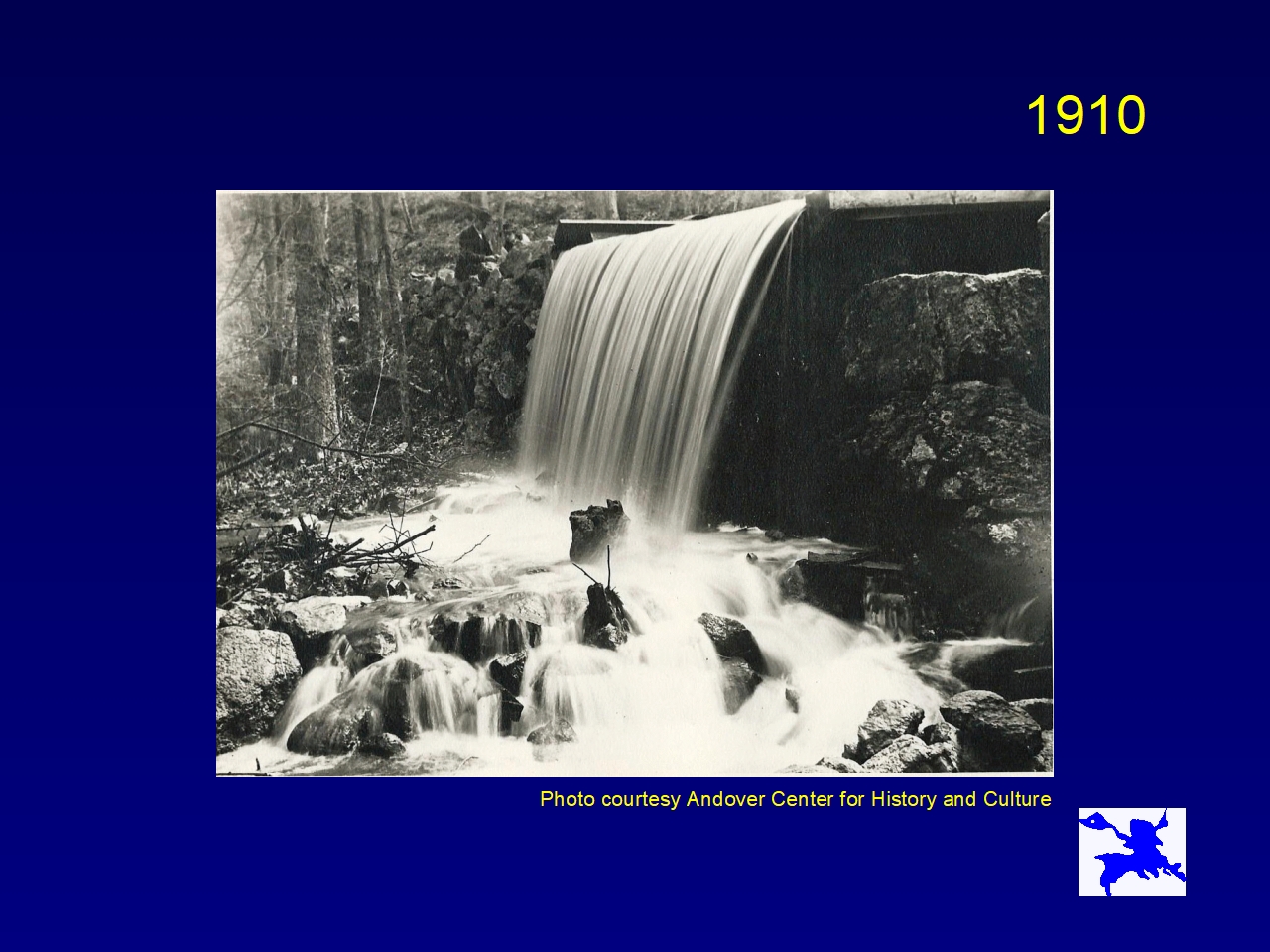
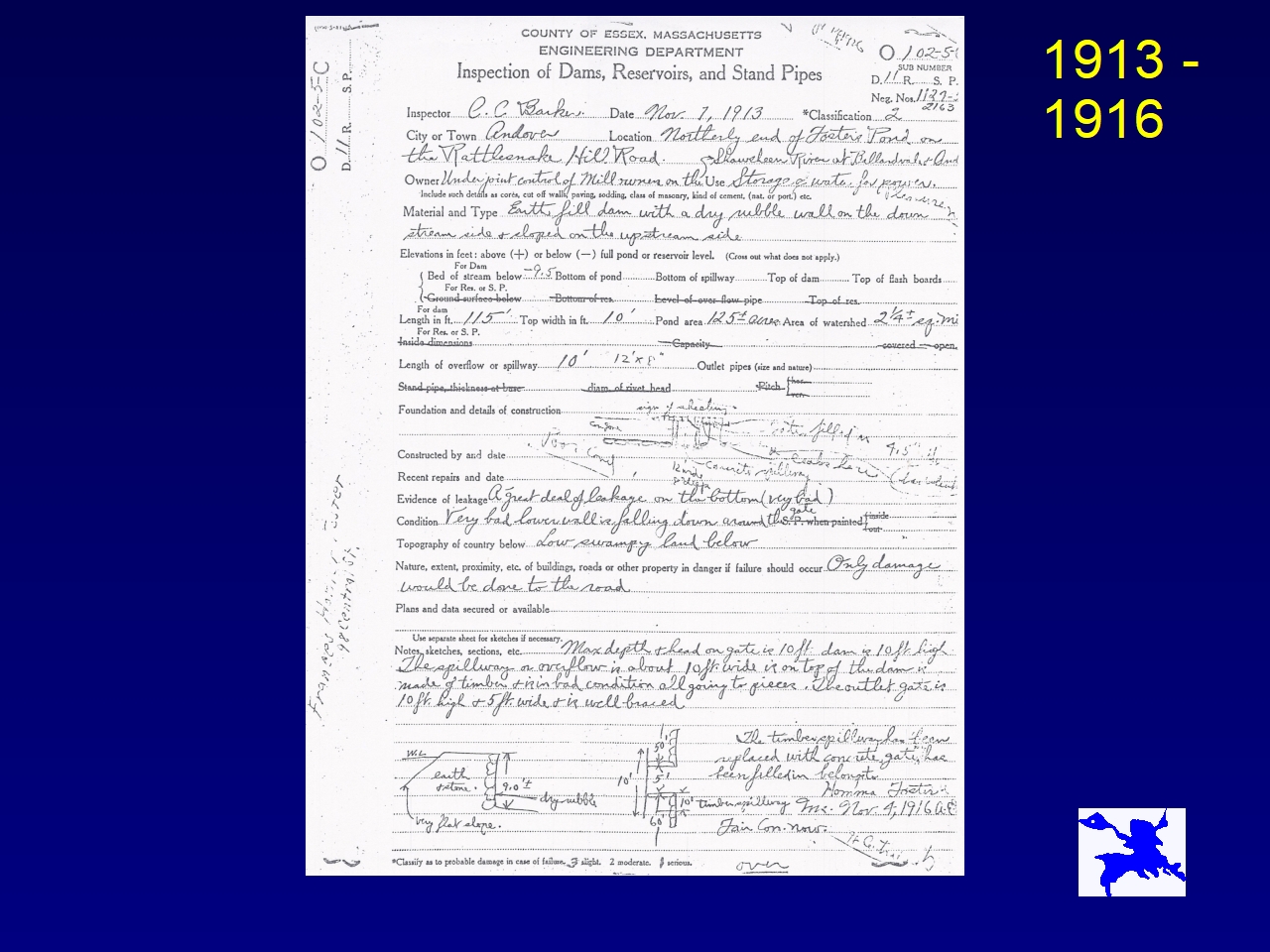
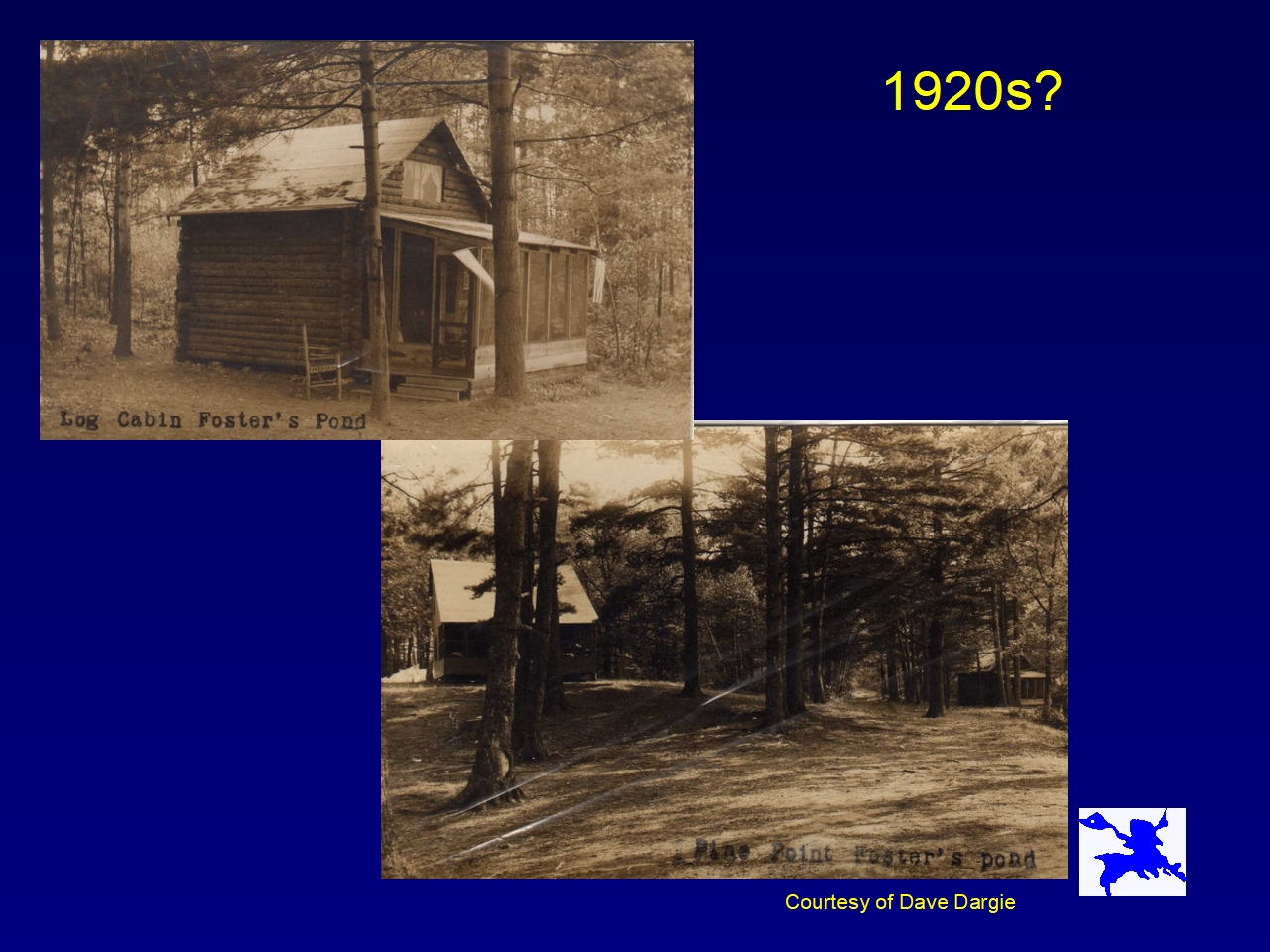




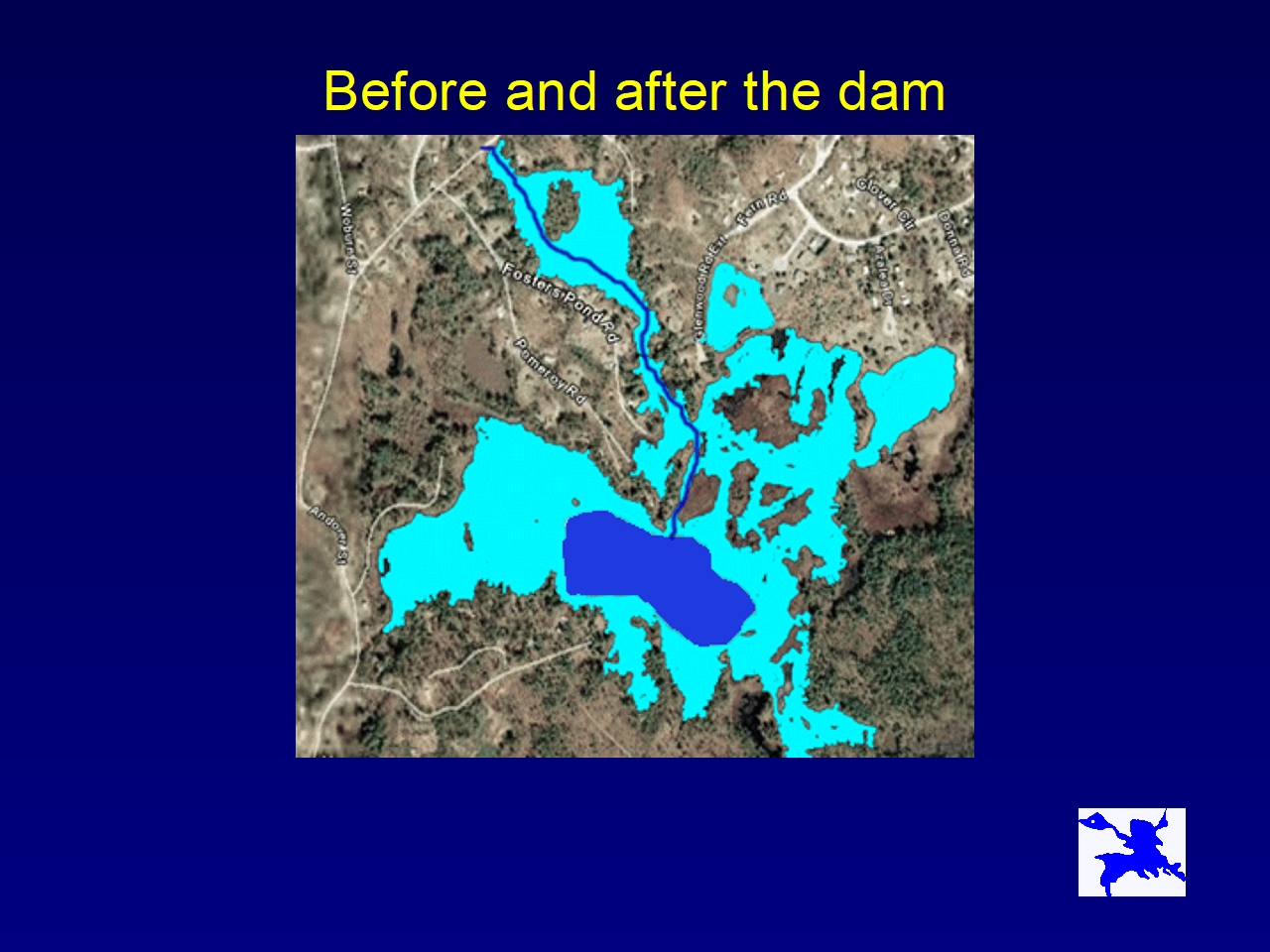

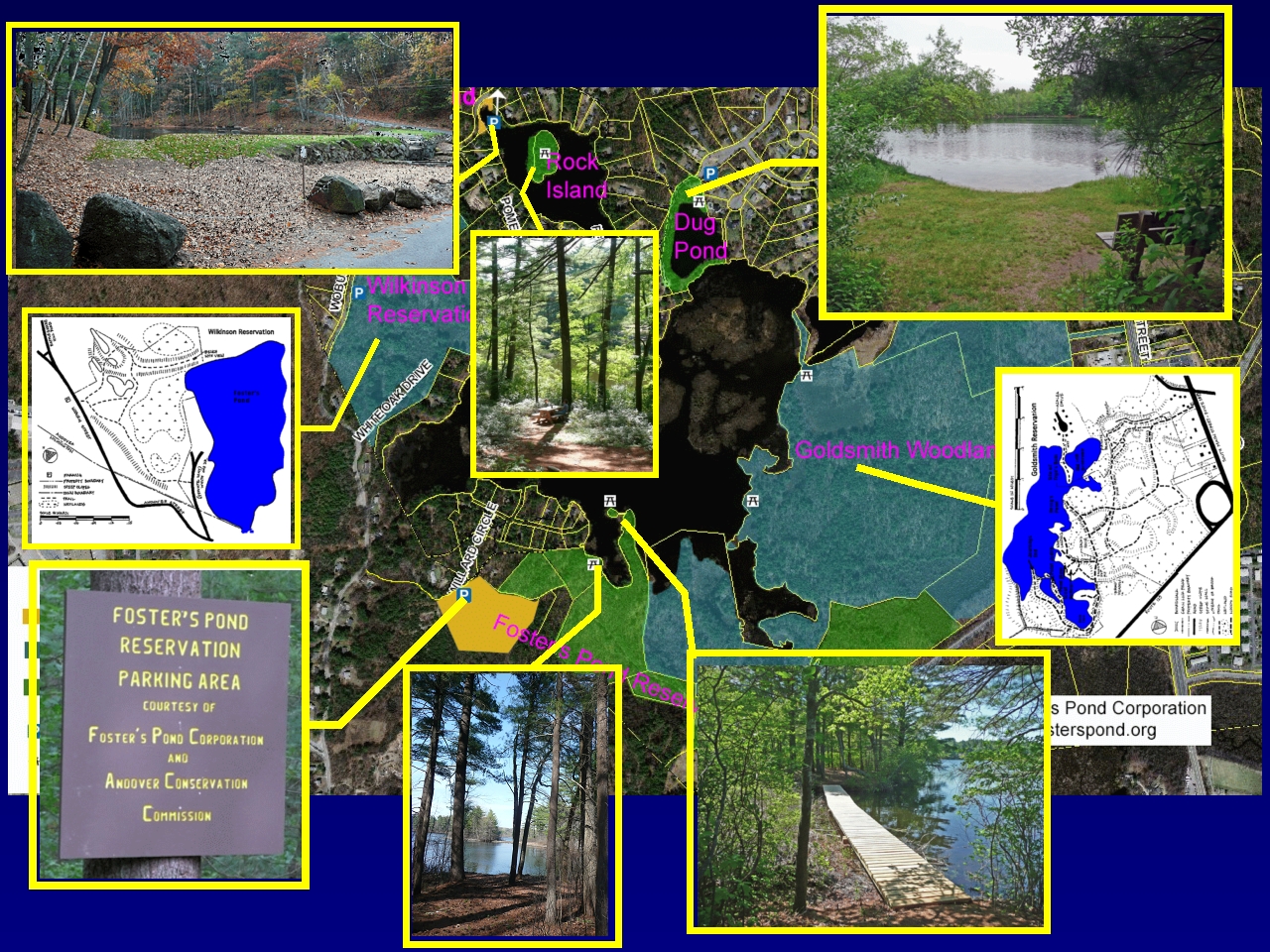


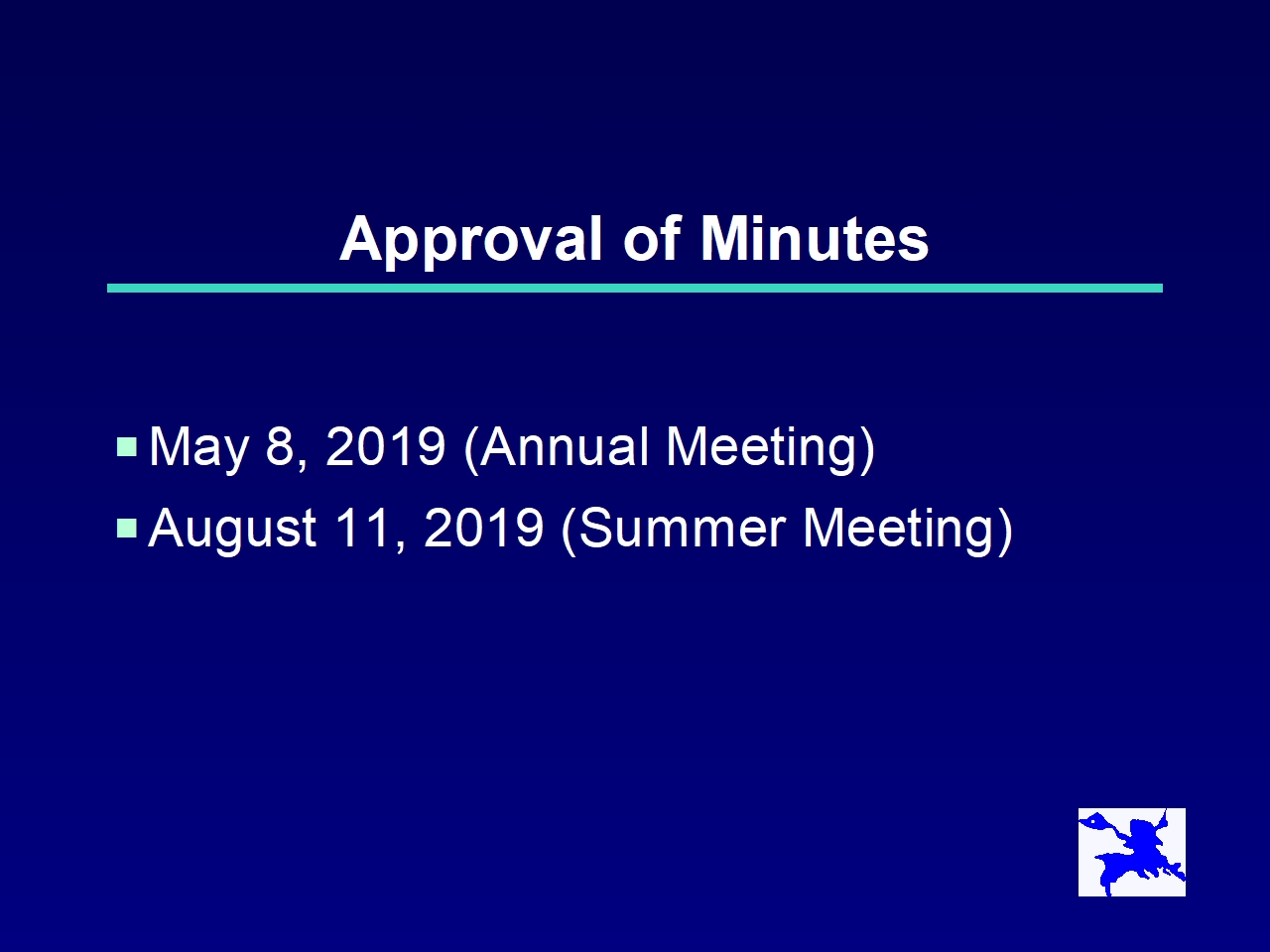

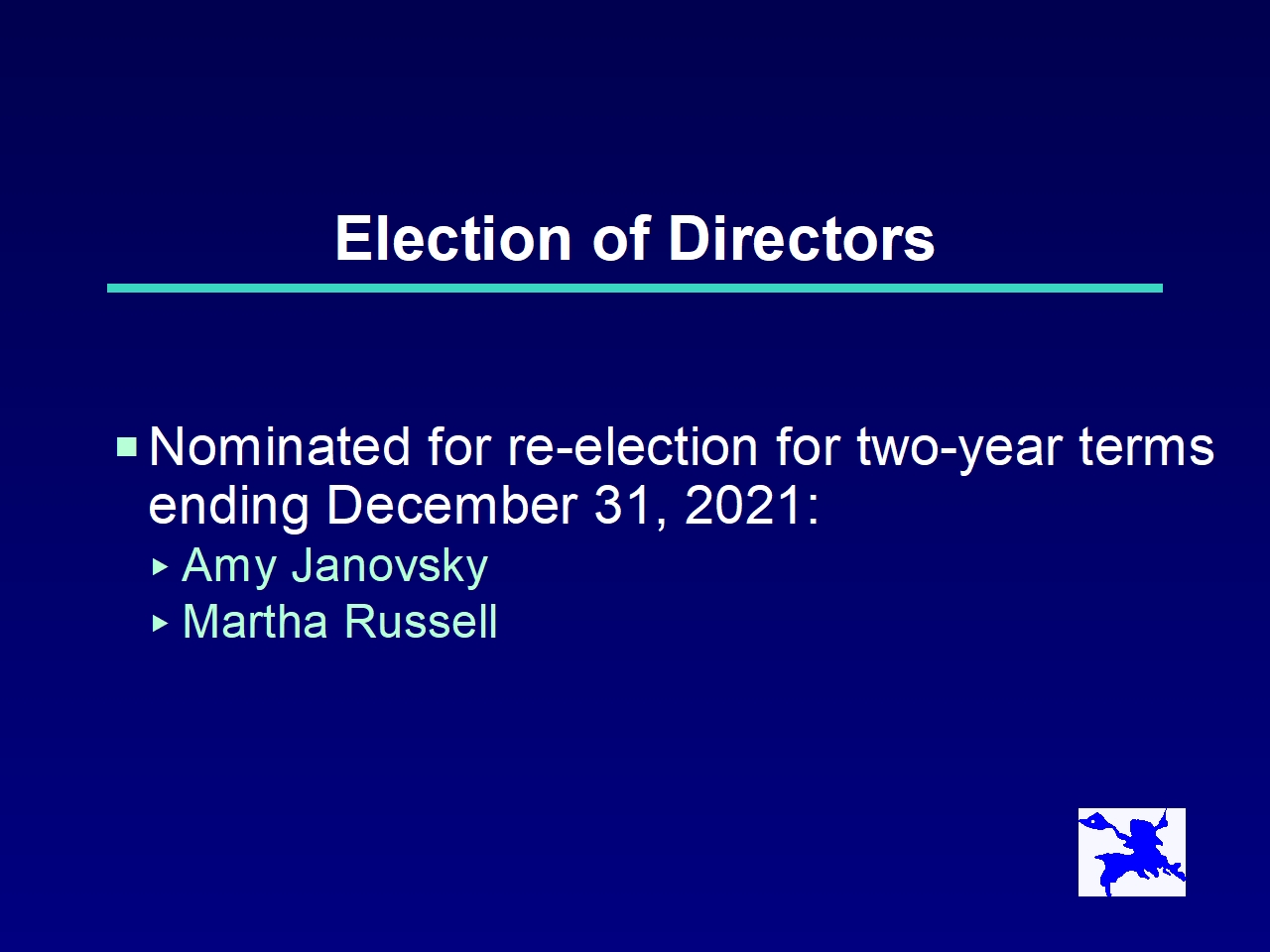
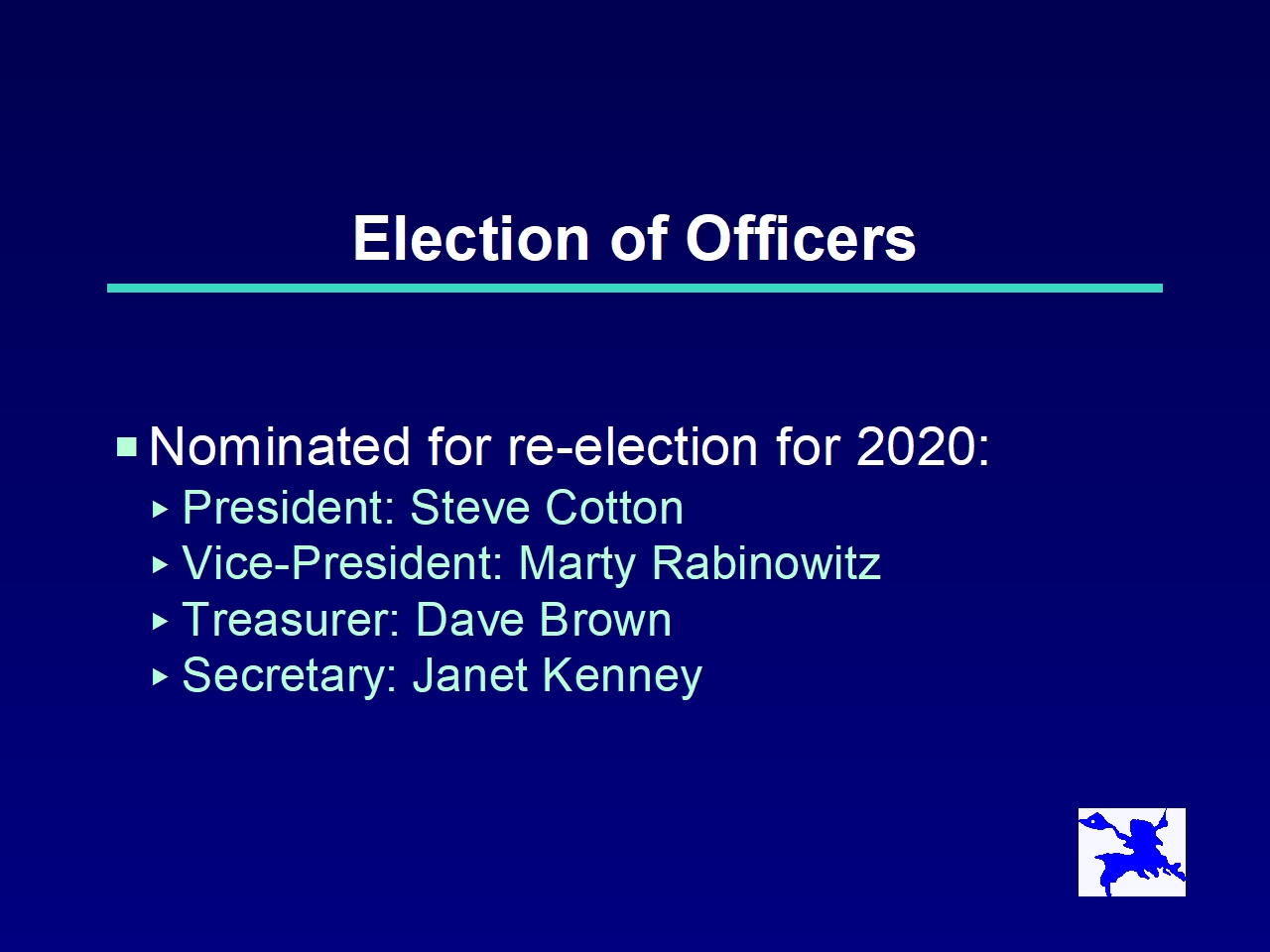


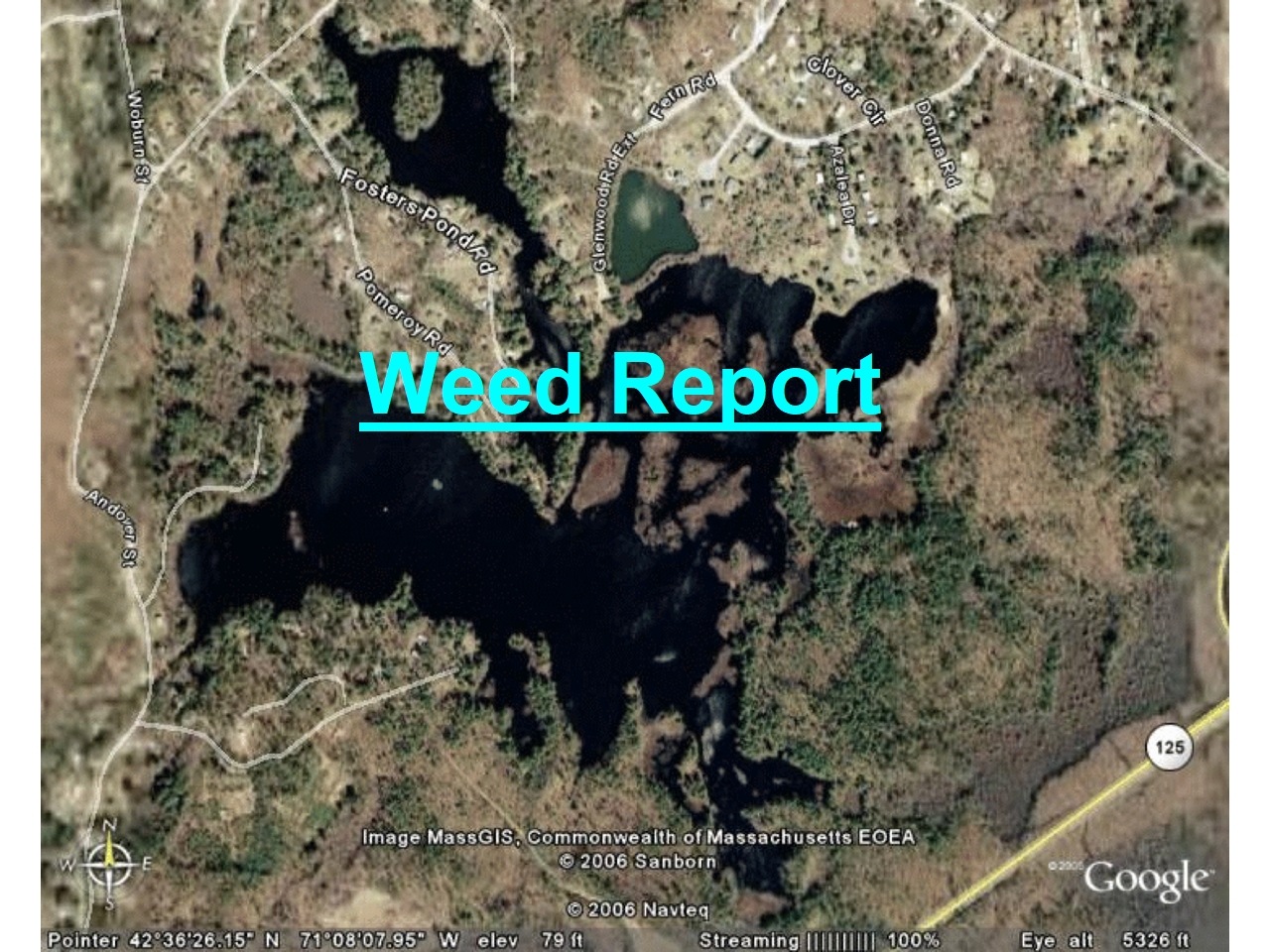


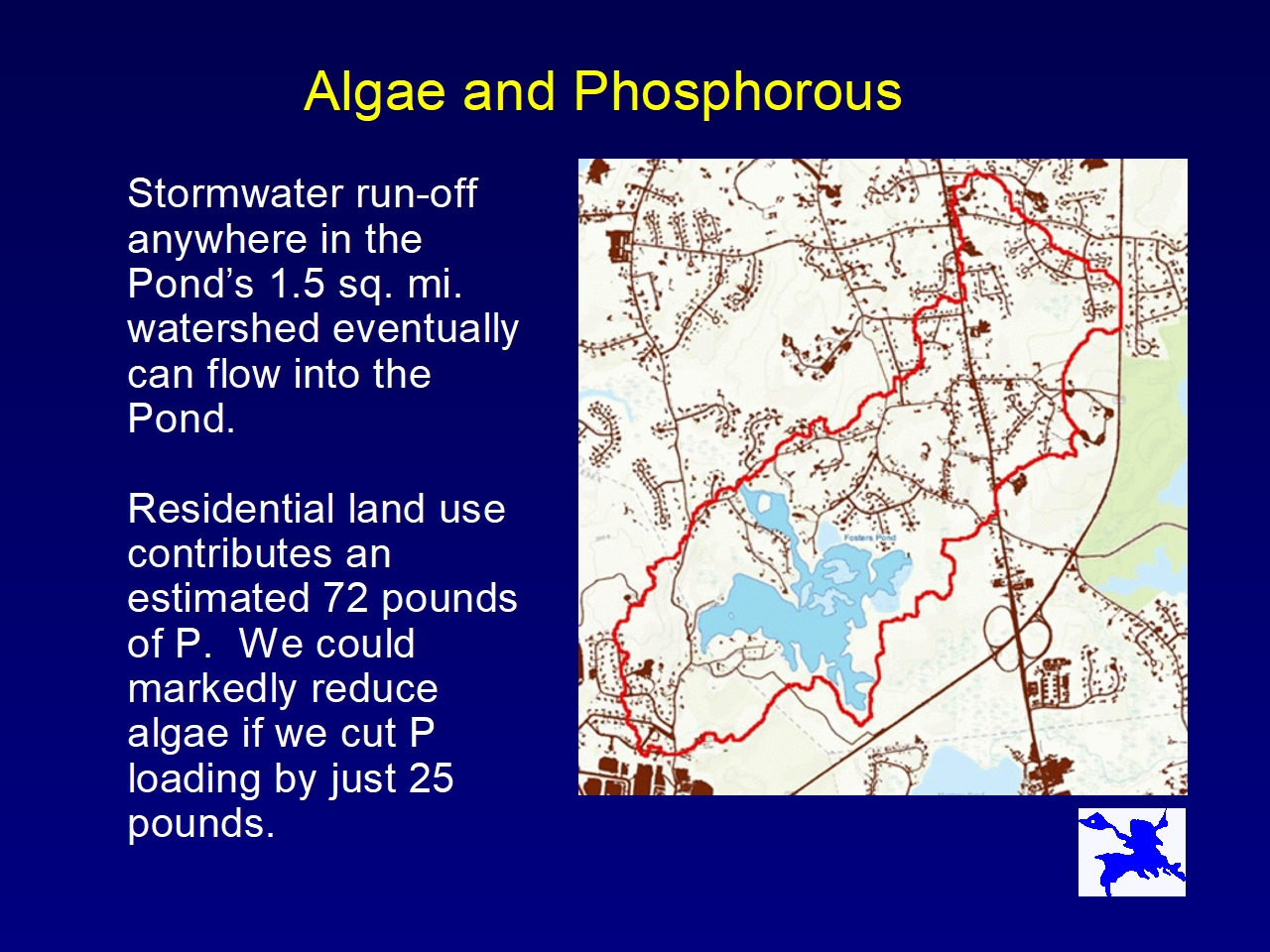
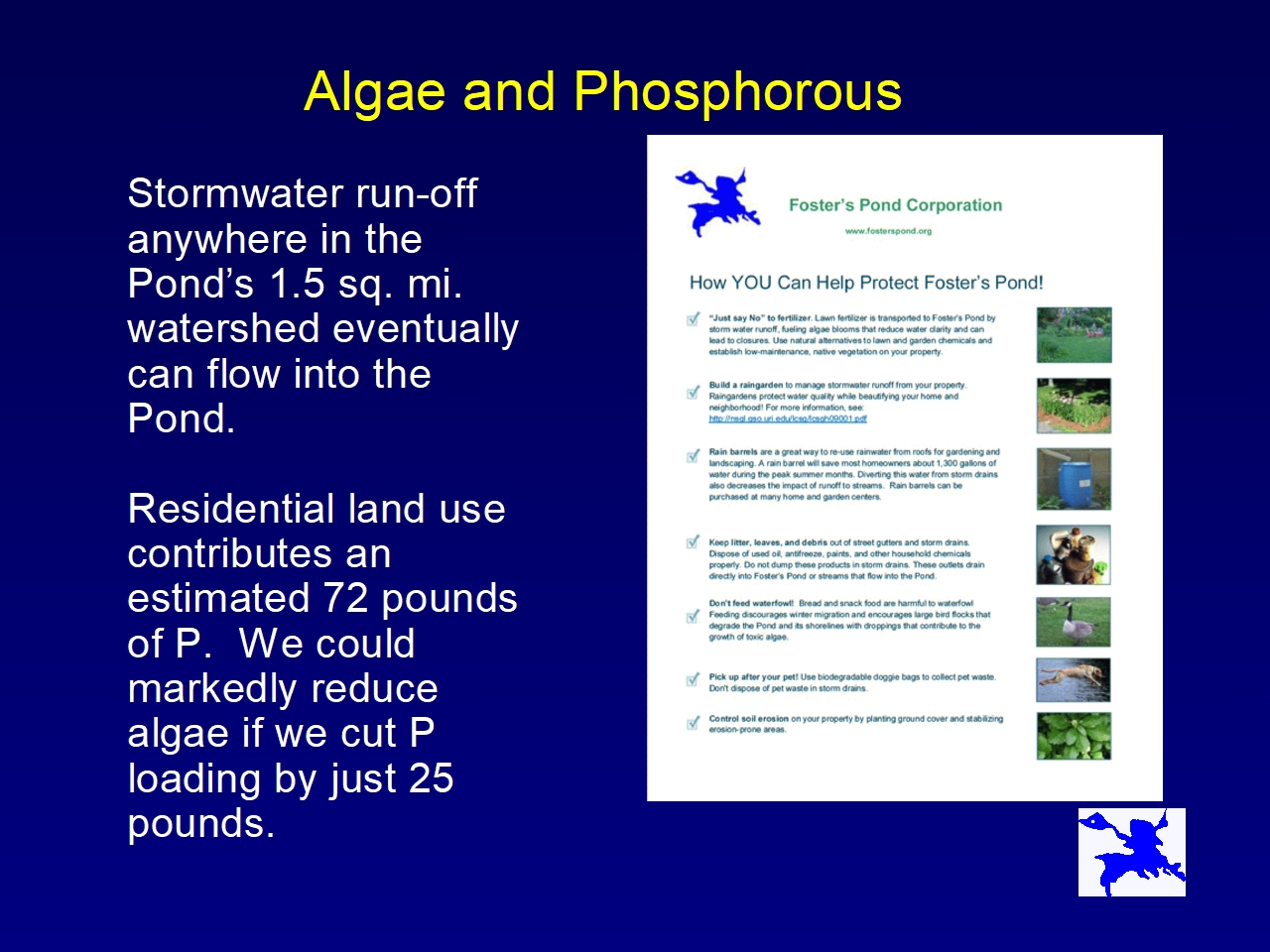
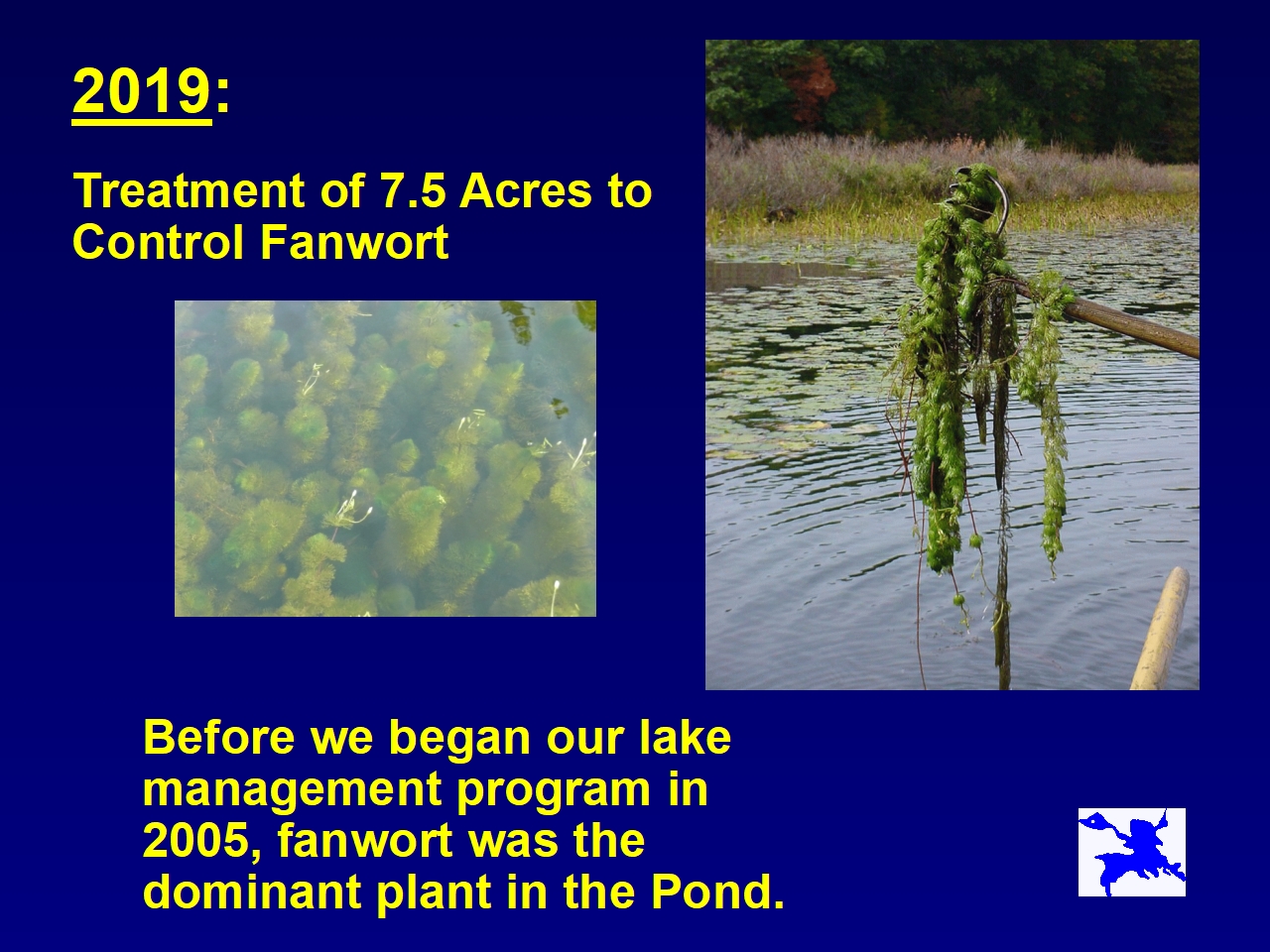
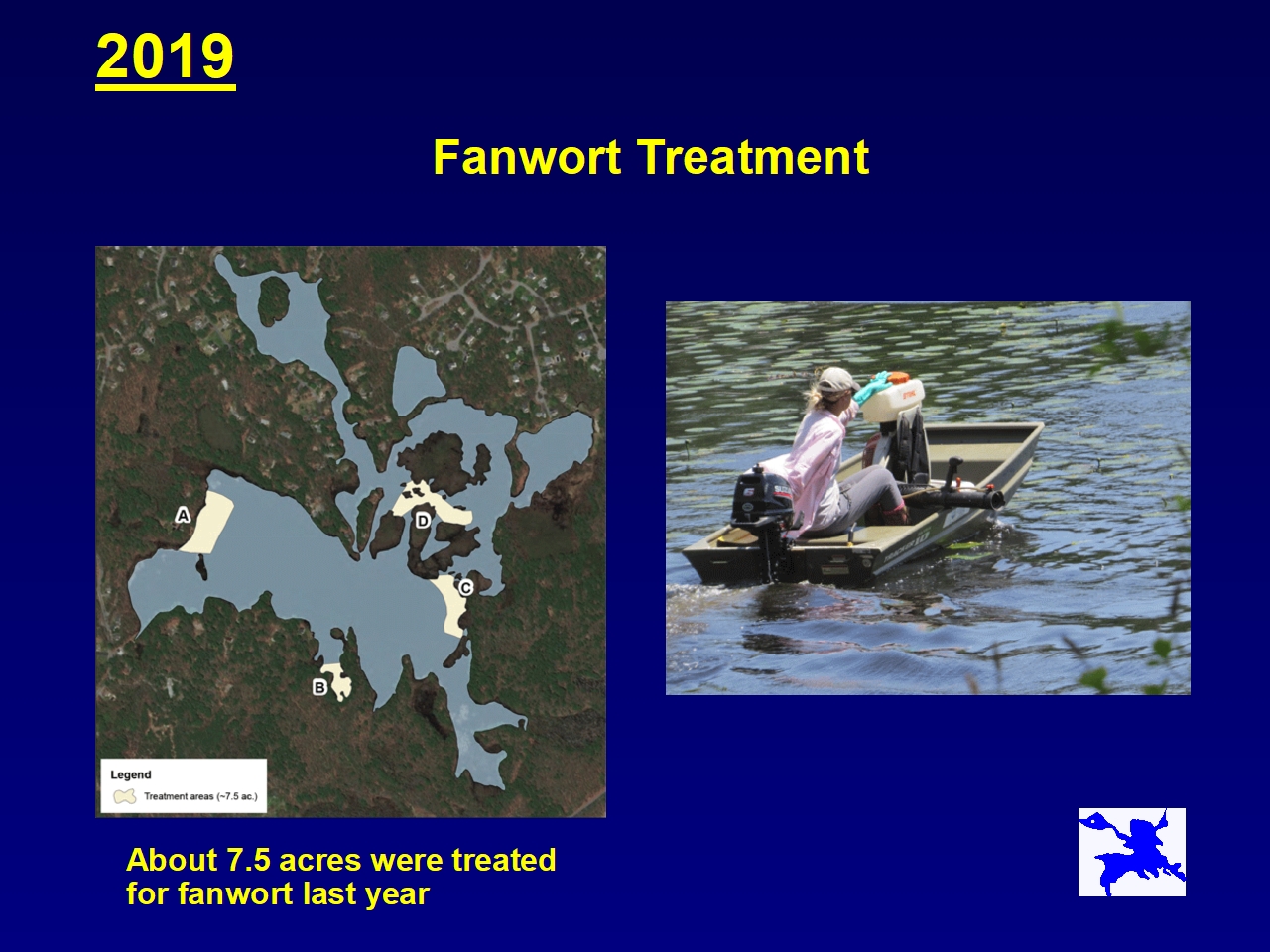
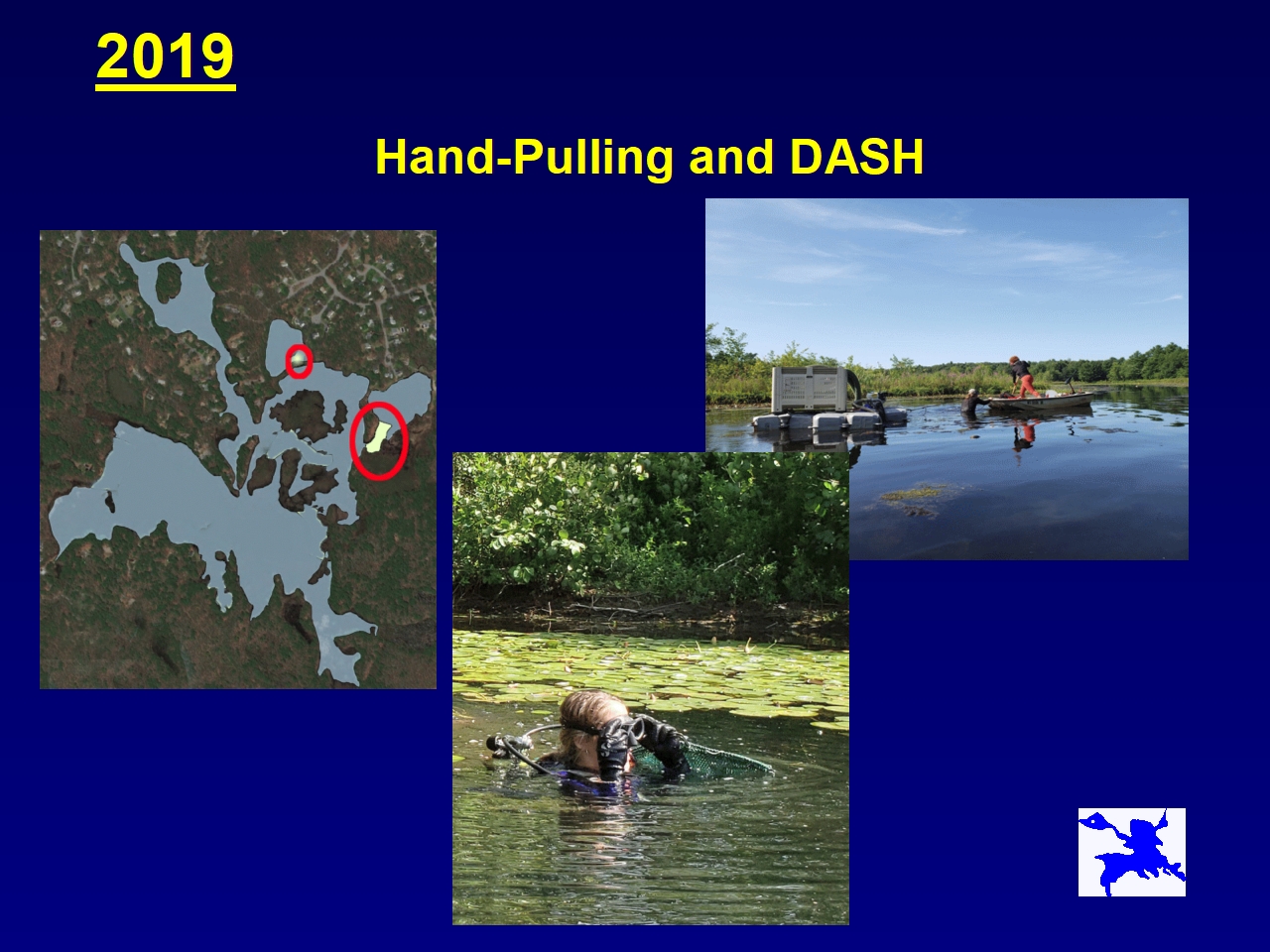
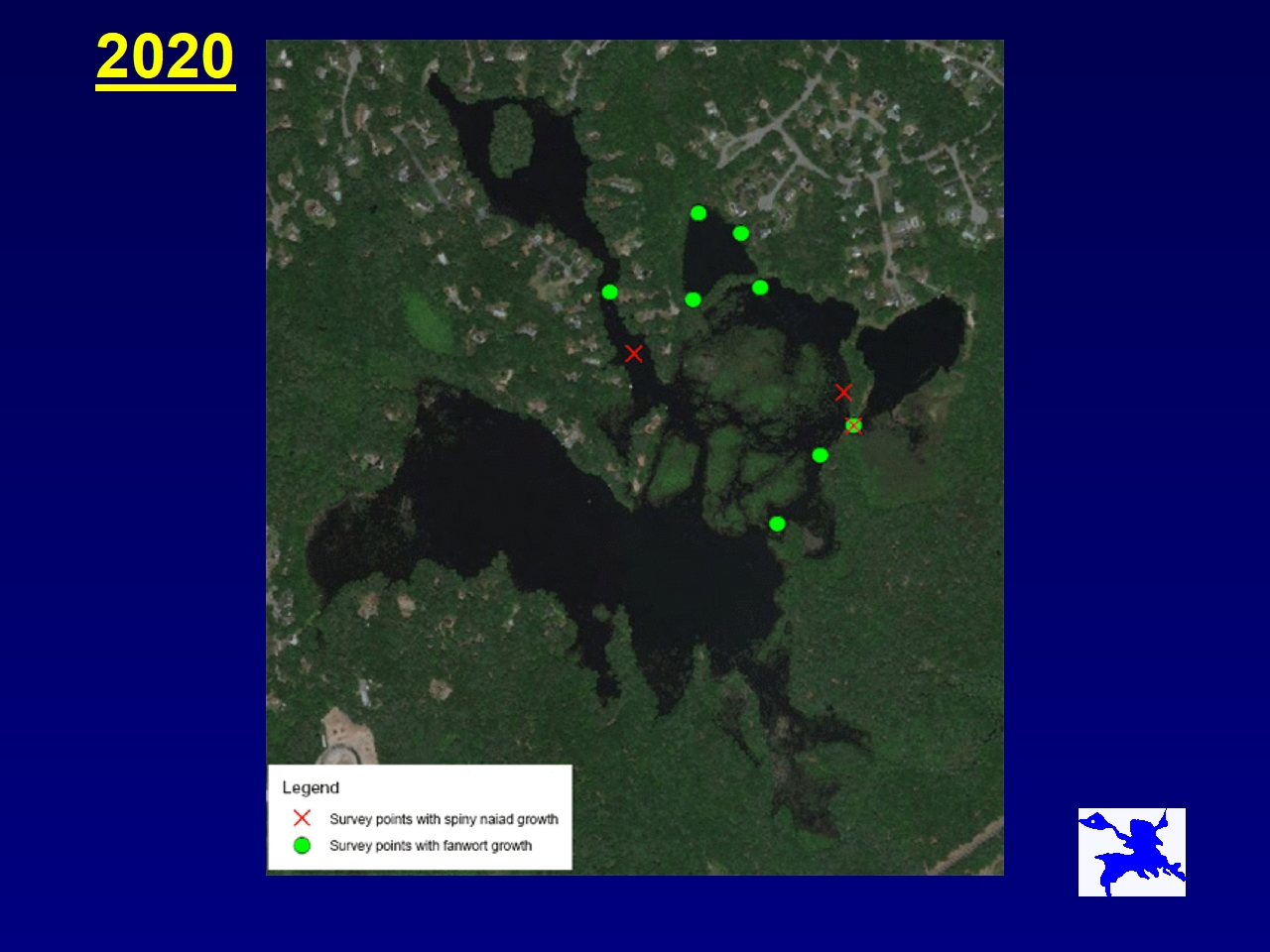


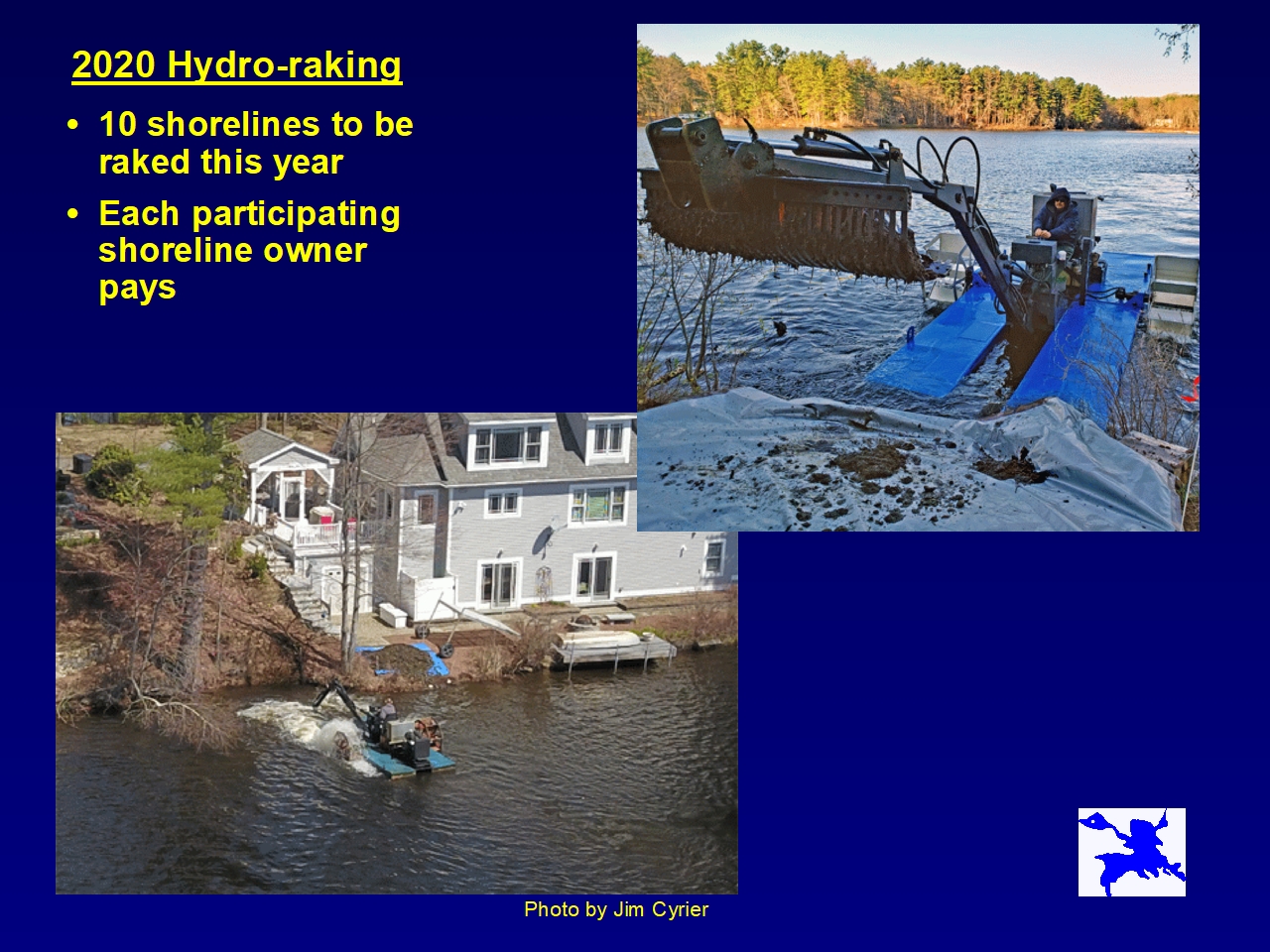

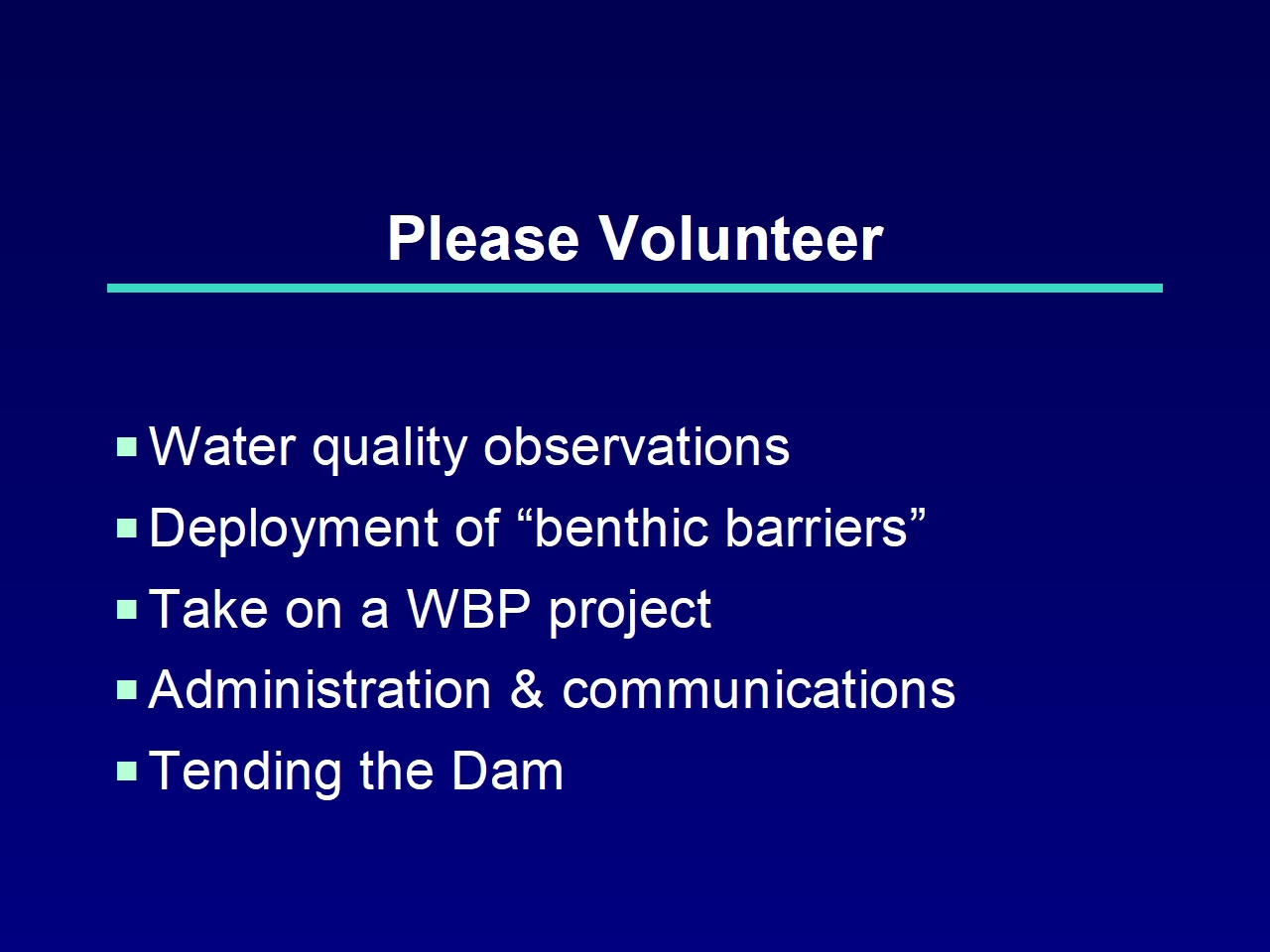
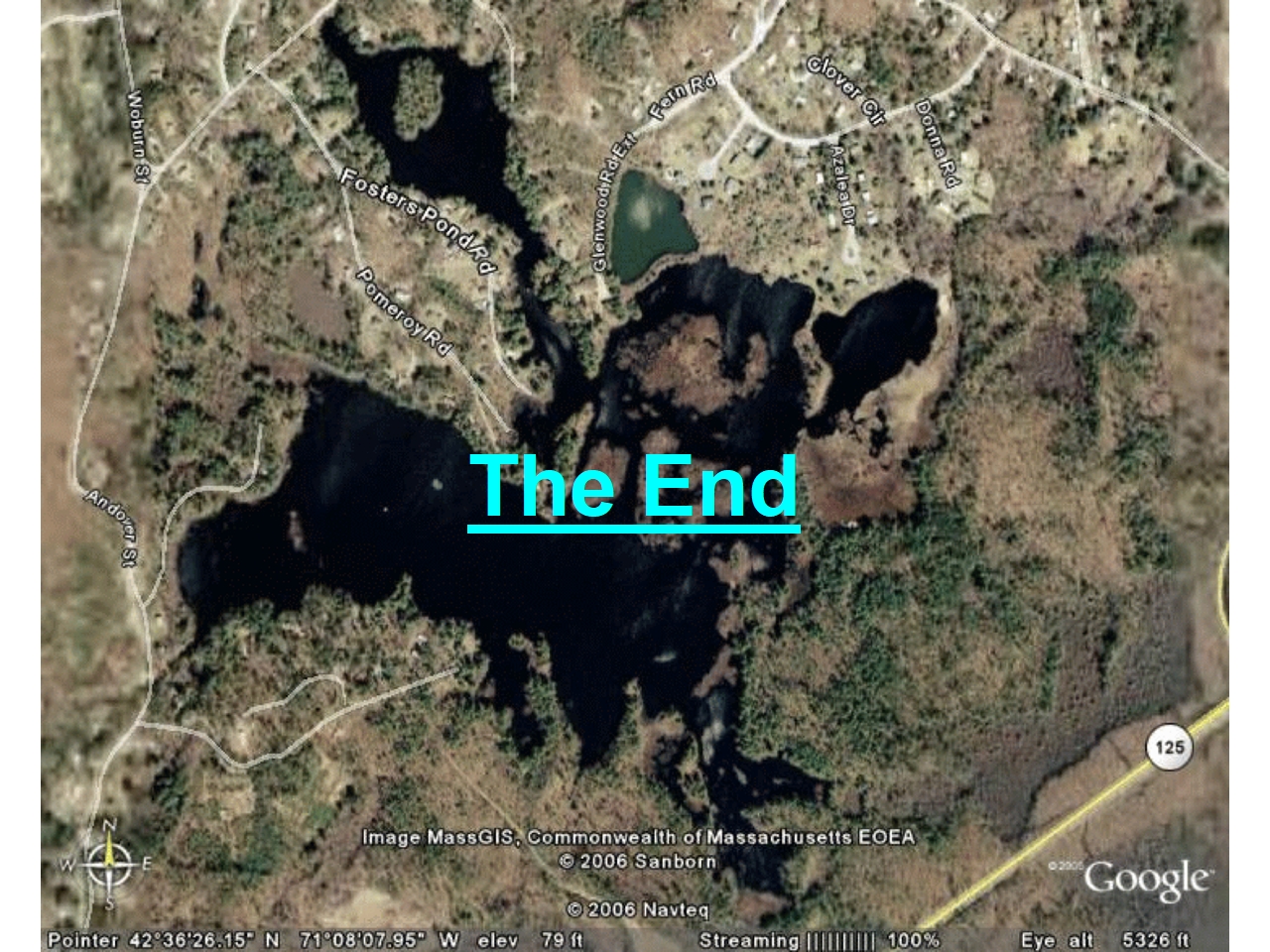

 Questions? Comments? Contact us at
Questions? Comments? Contact us at